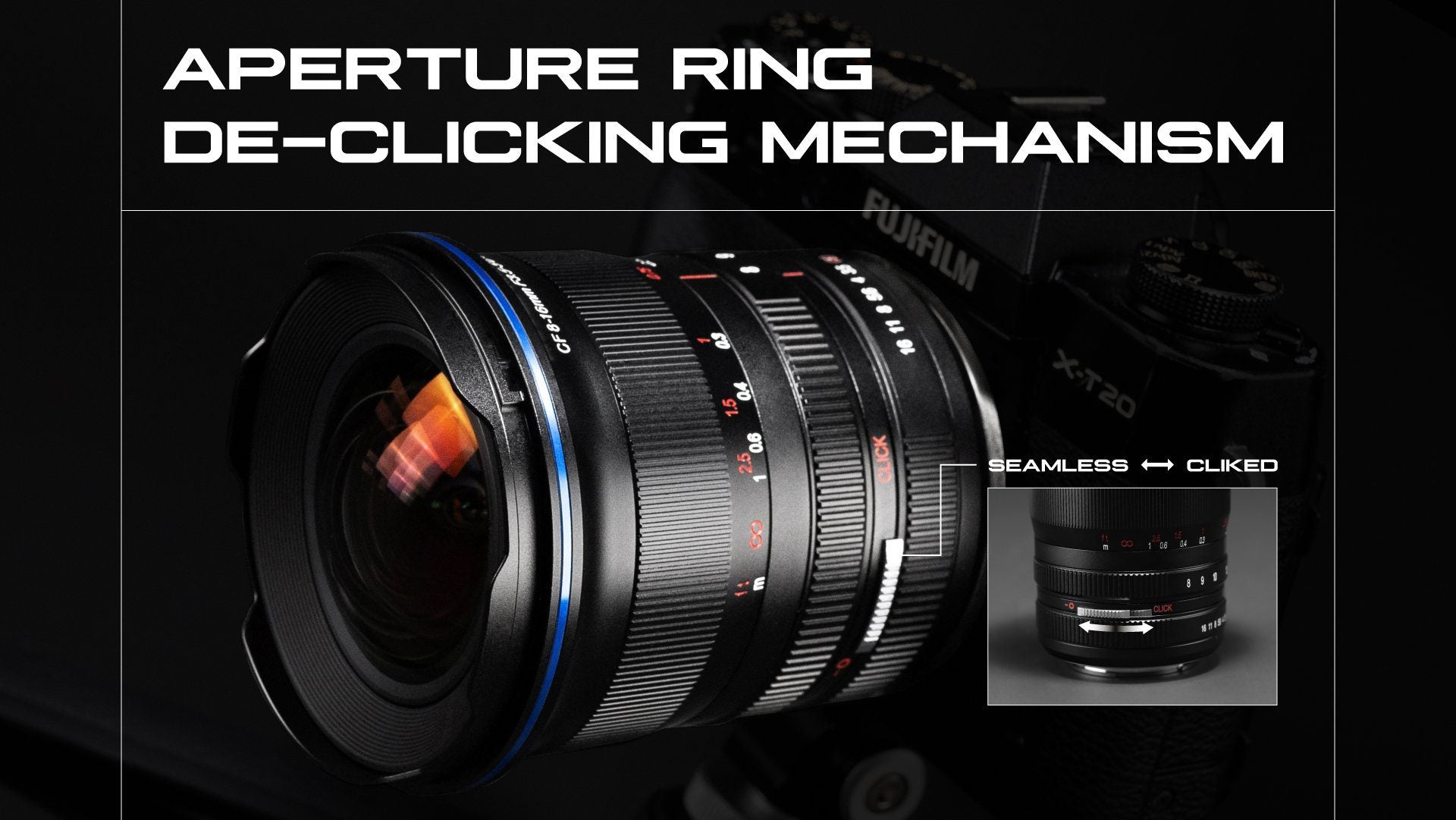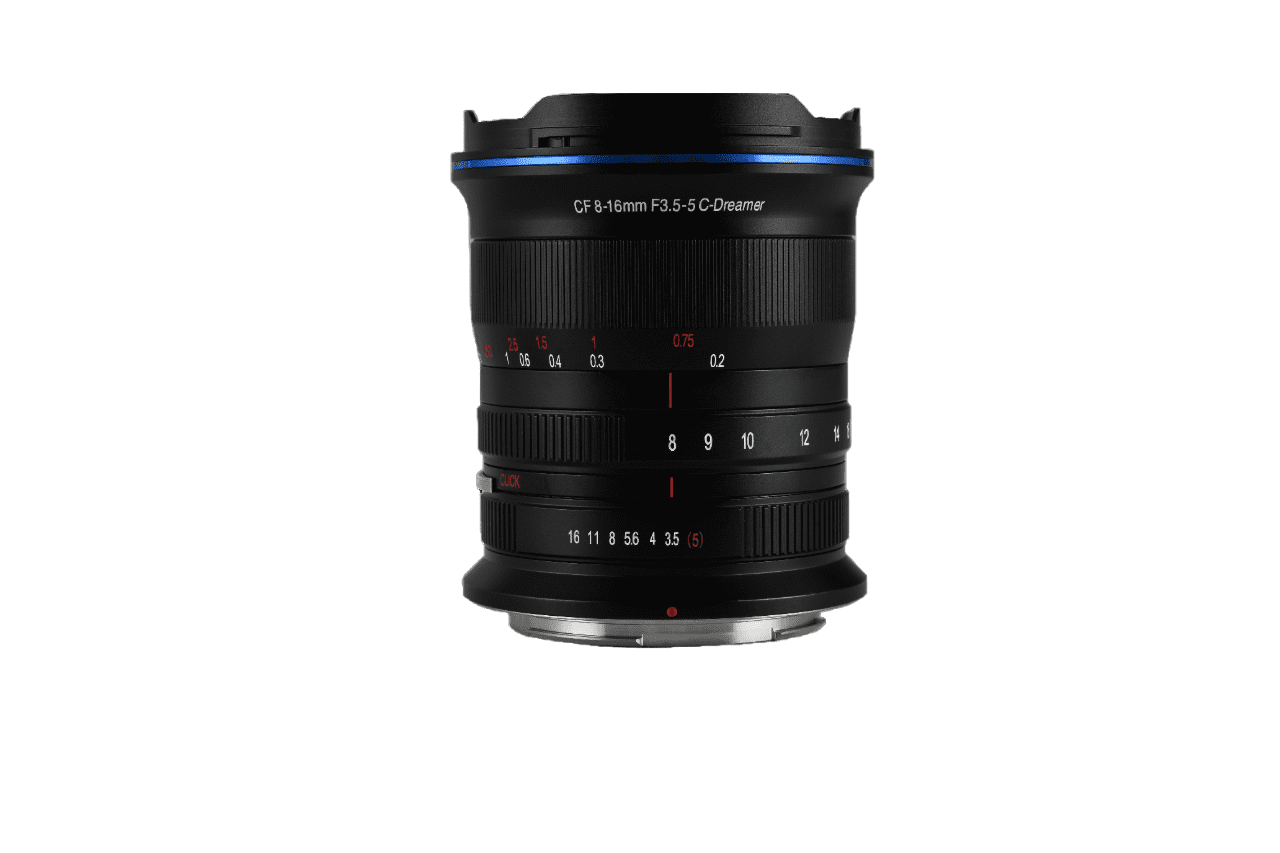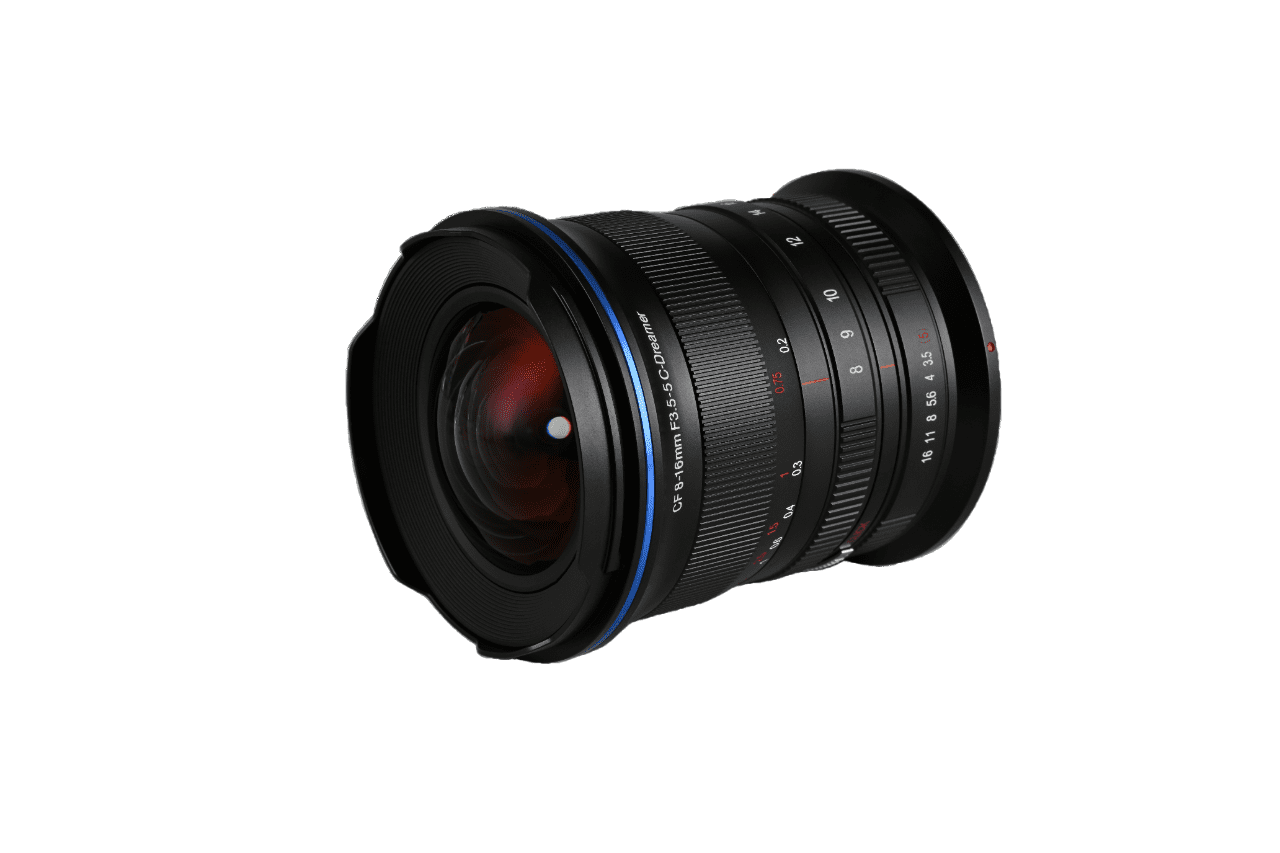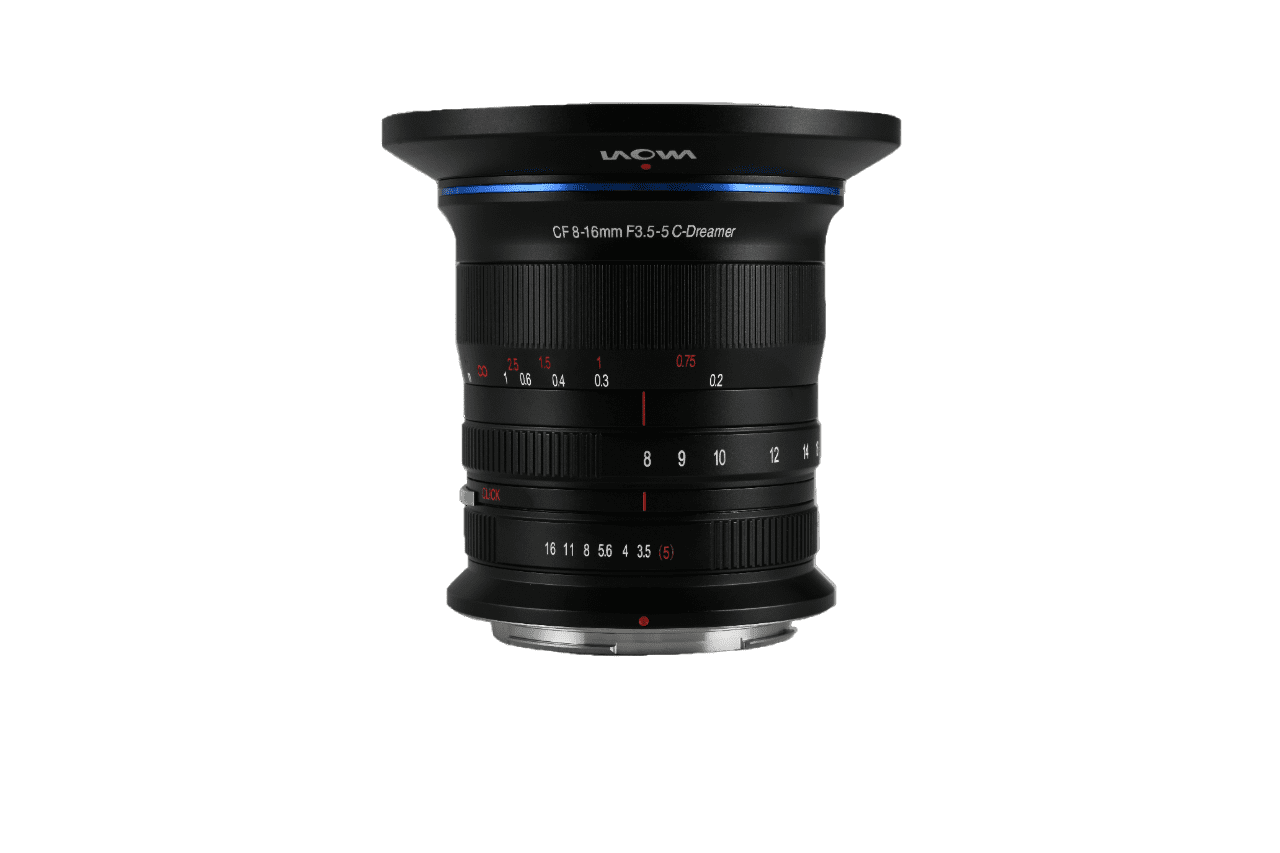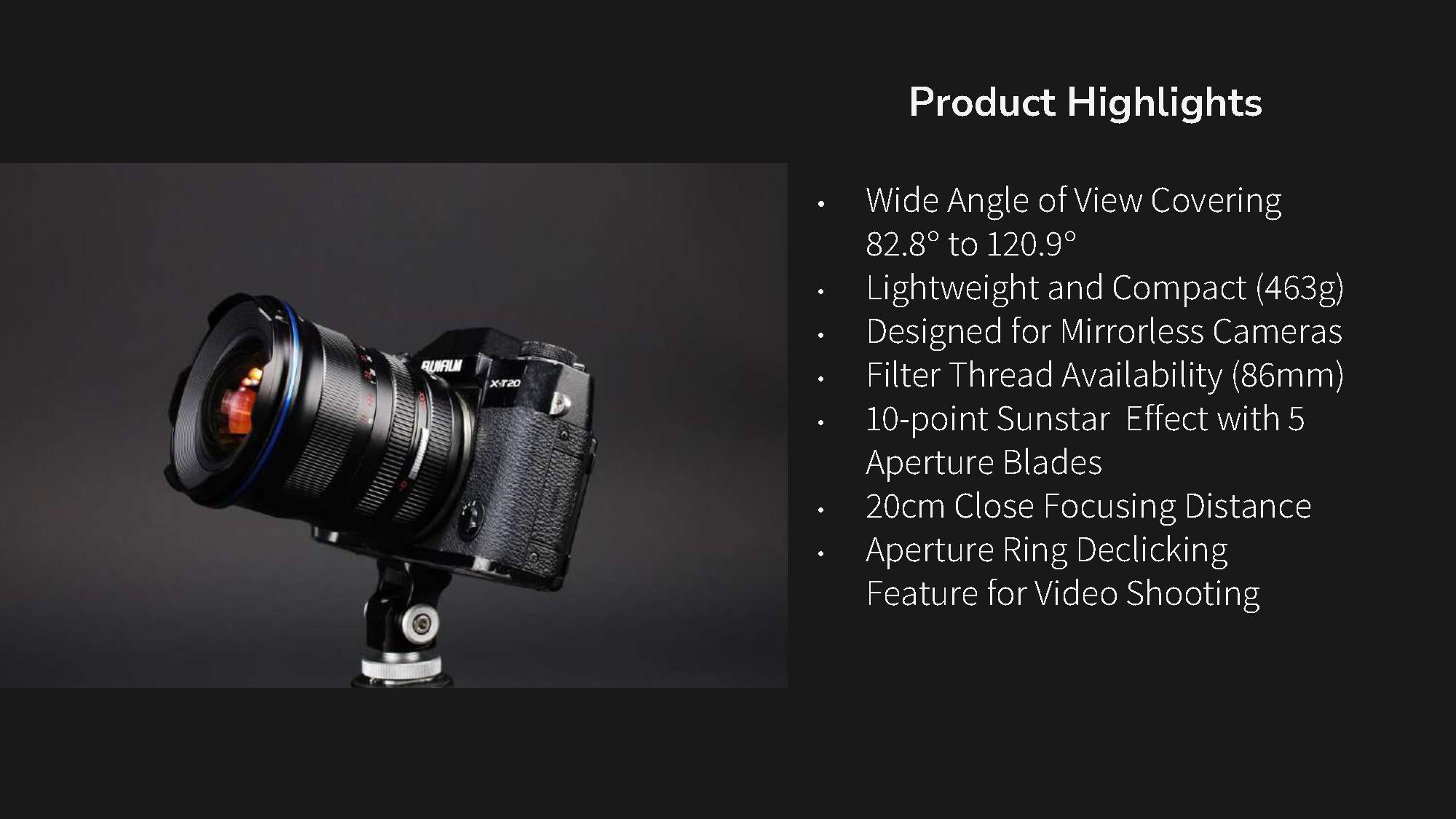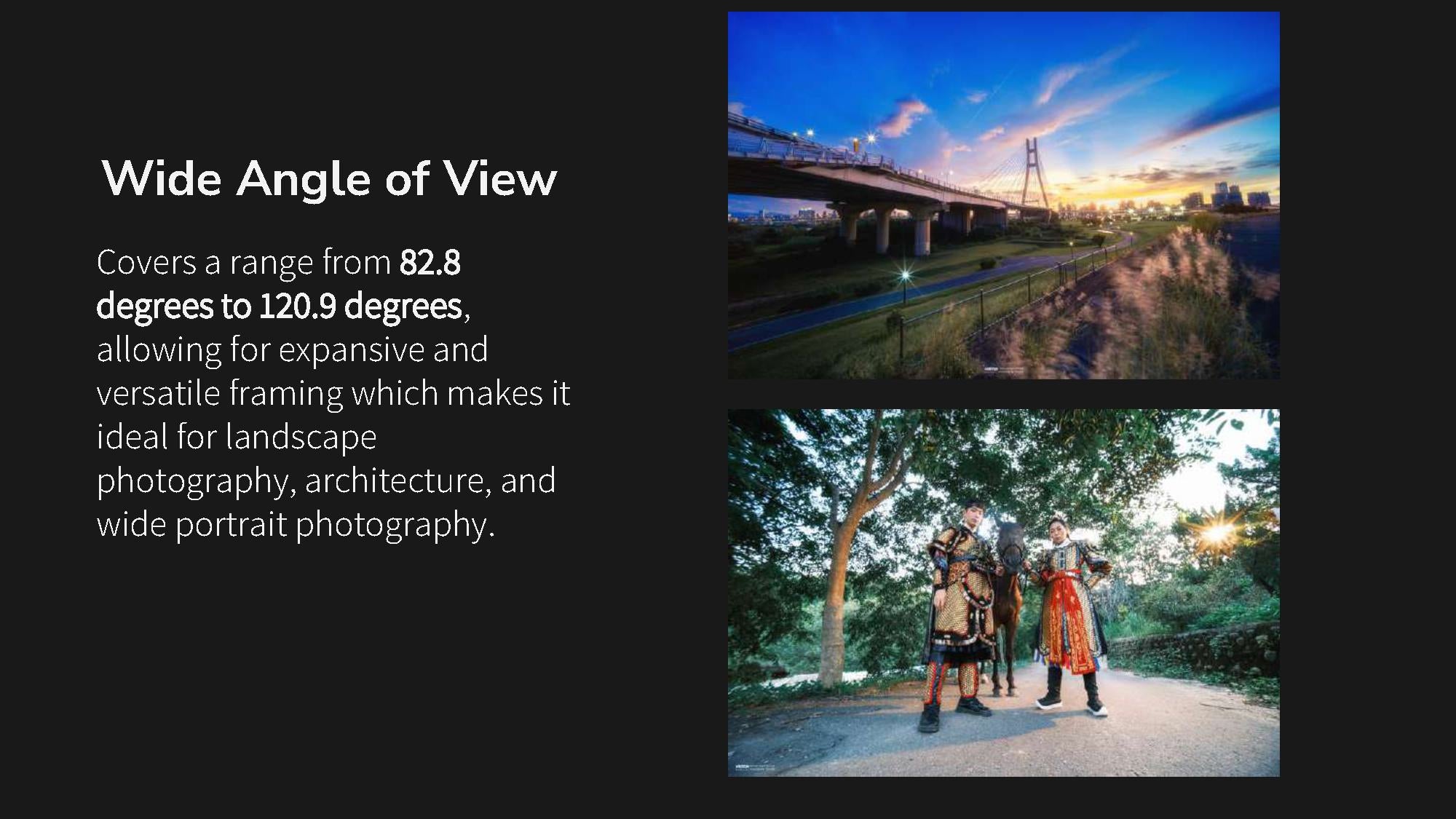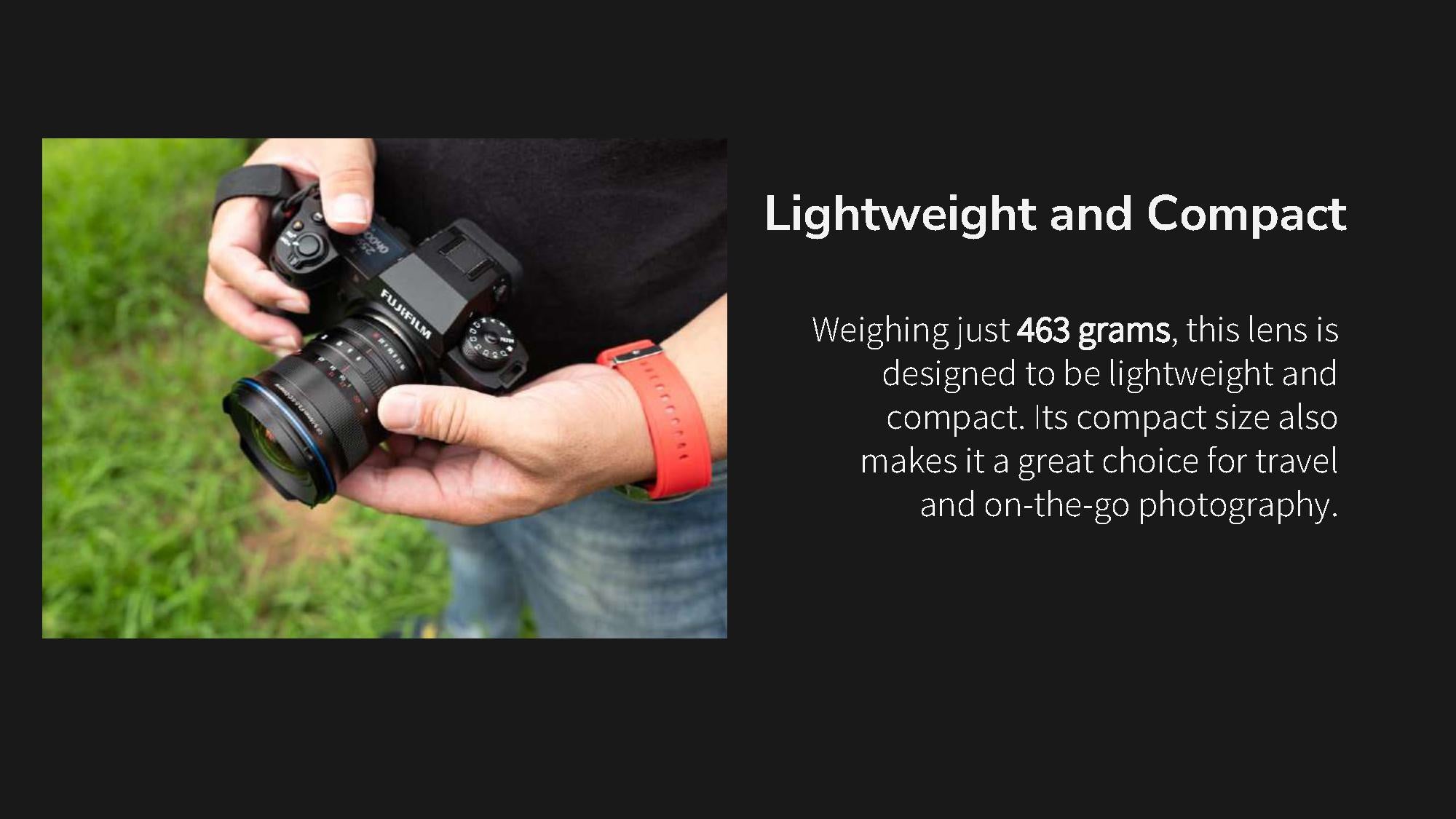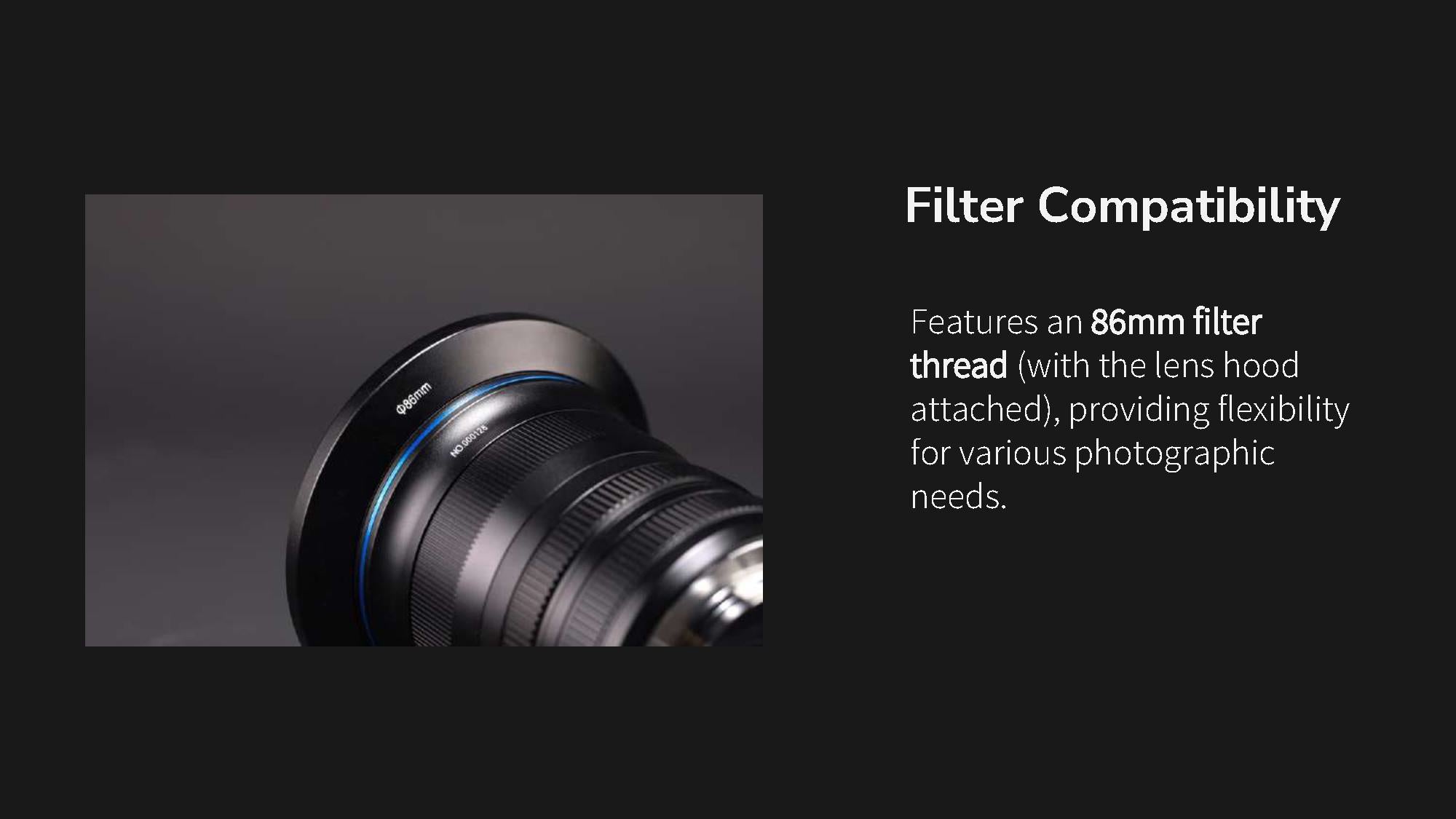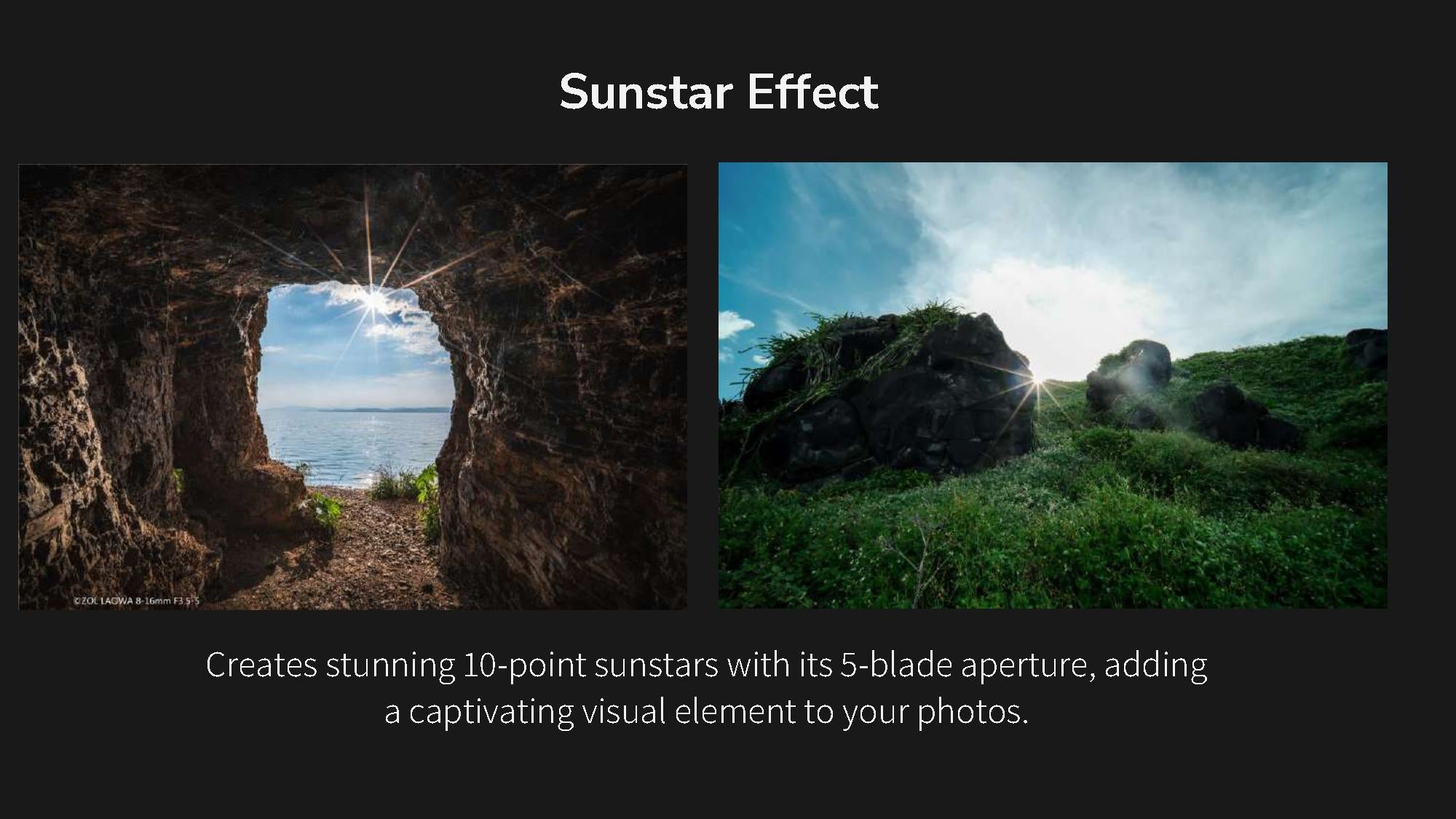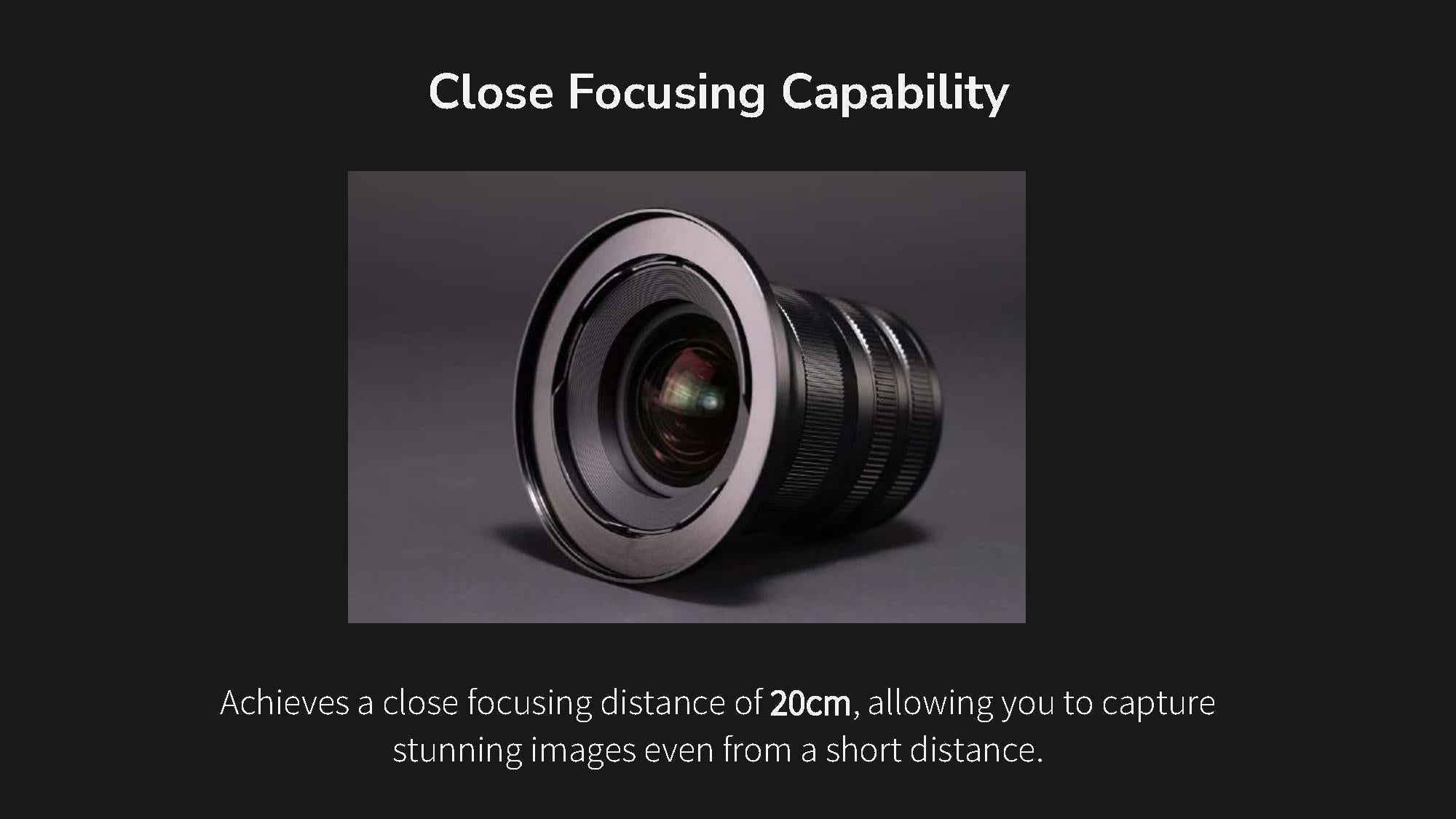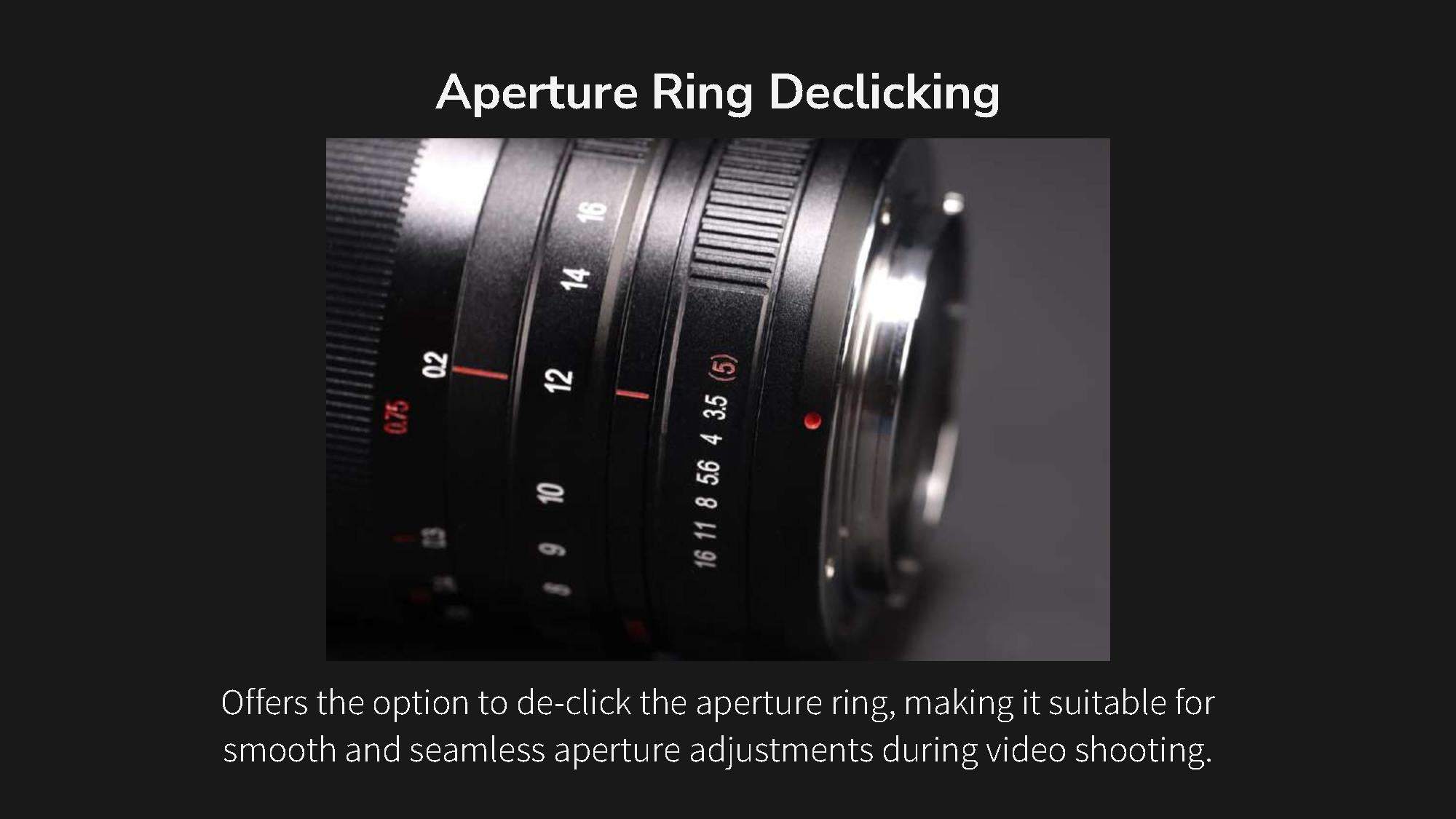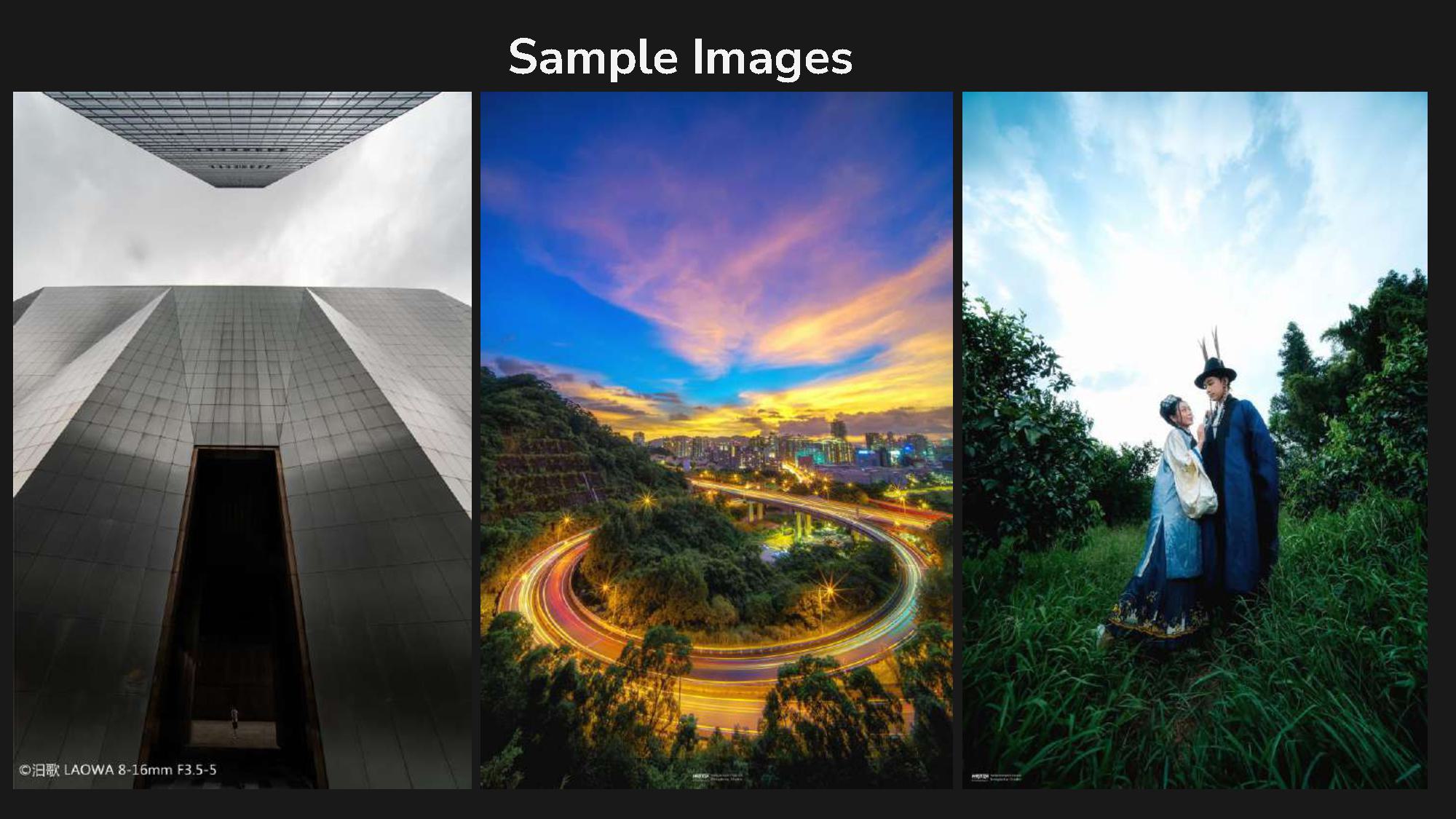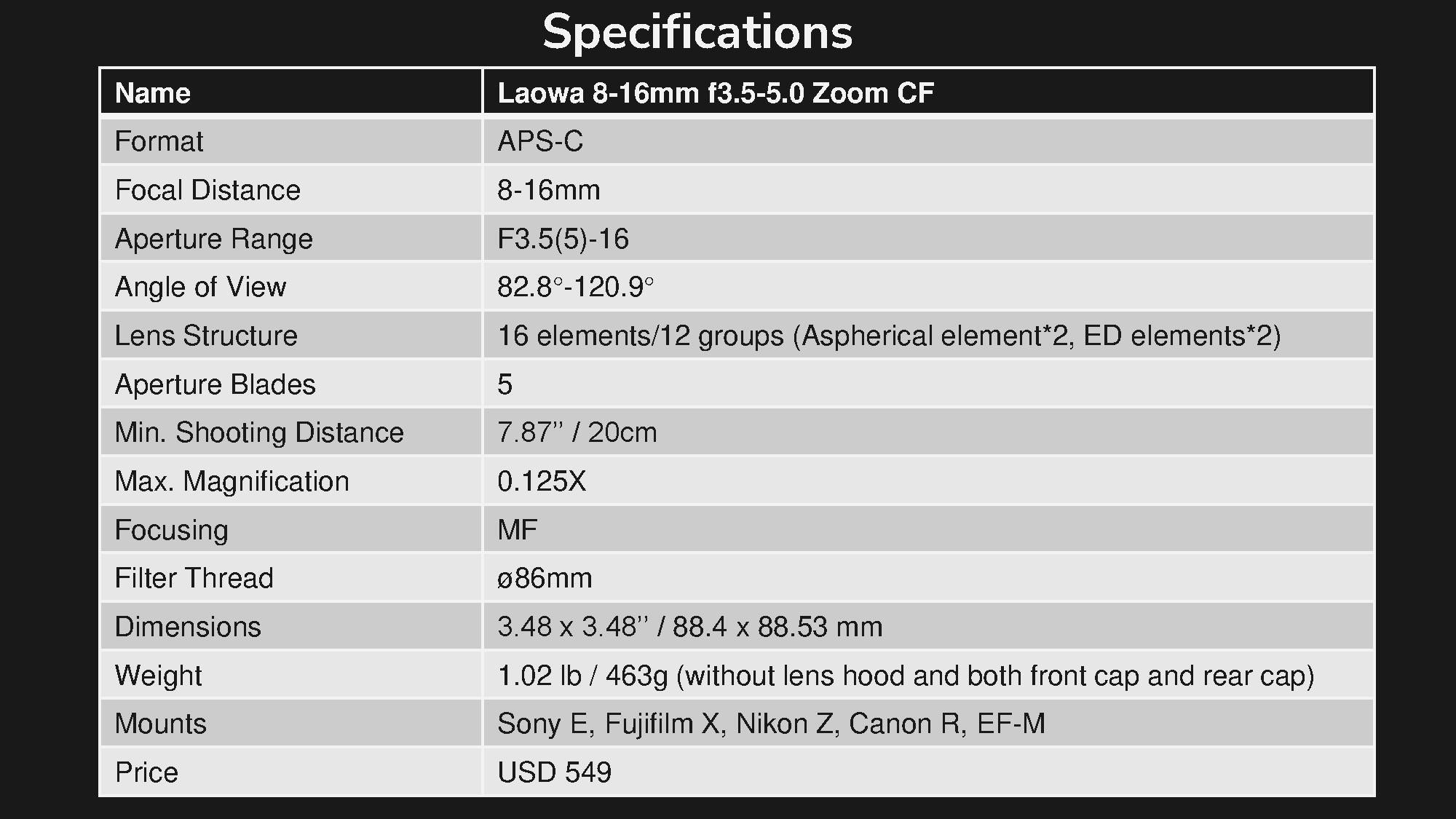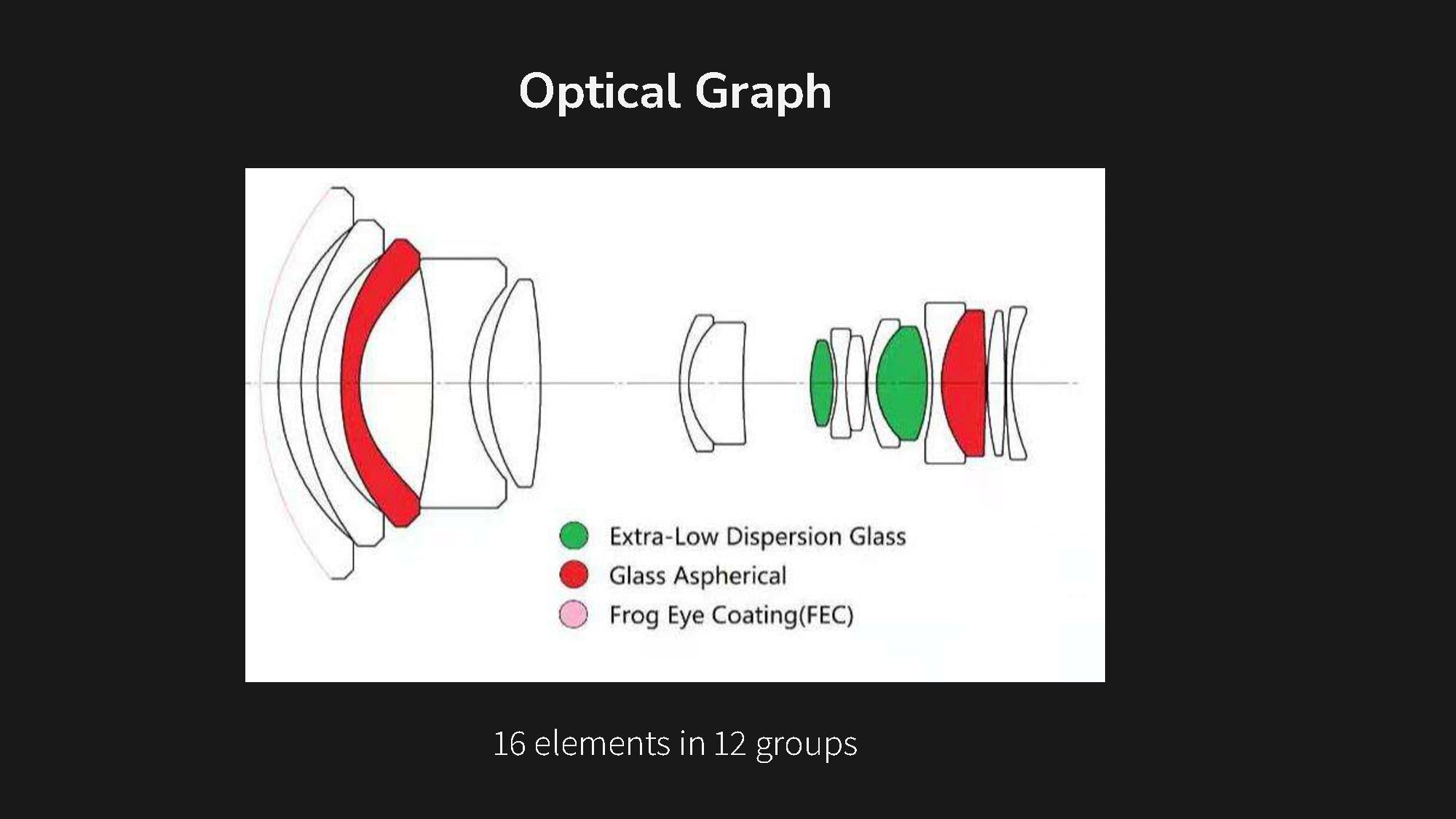Product Description
Laowa 8-16mm f/3.5-5 Zoom CF
- Designed for APSC mirrorless cameras
- Wide Angle of View Covering 82.8° to 120.9°
- Lightweight and Compact (463g)
- Designed for Mirrorless Cameras
- Filter Thread Availability (86mm)
- 10-point Sunstar
- 20cm Close Focusing Distance
- Aperture Ring Declicking Feature for Video Shooting
Laowa 8-16mm f/3.5-5 Zoom CF is made to be small, lightweight, and easy to carry, making it the ideal addition to your travel gear. Photographers love to reach for a wide-angle lens to capture vast landscape views, or to get really close to a subject, while still giving context to the surroundings. Laowa 8-16mm Zoom is a useful tool, and one should be in the bag of every serious shooter.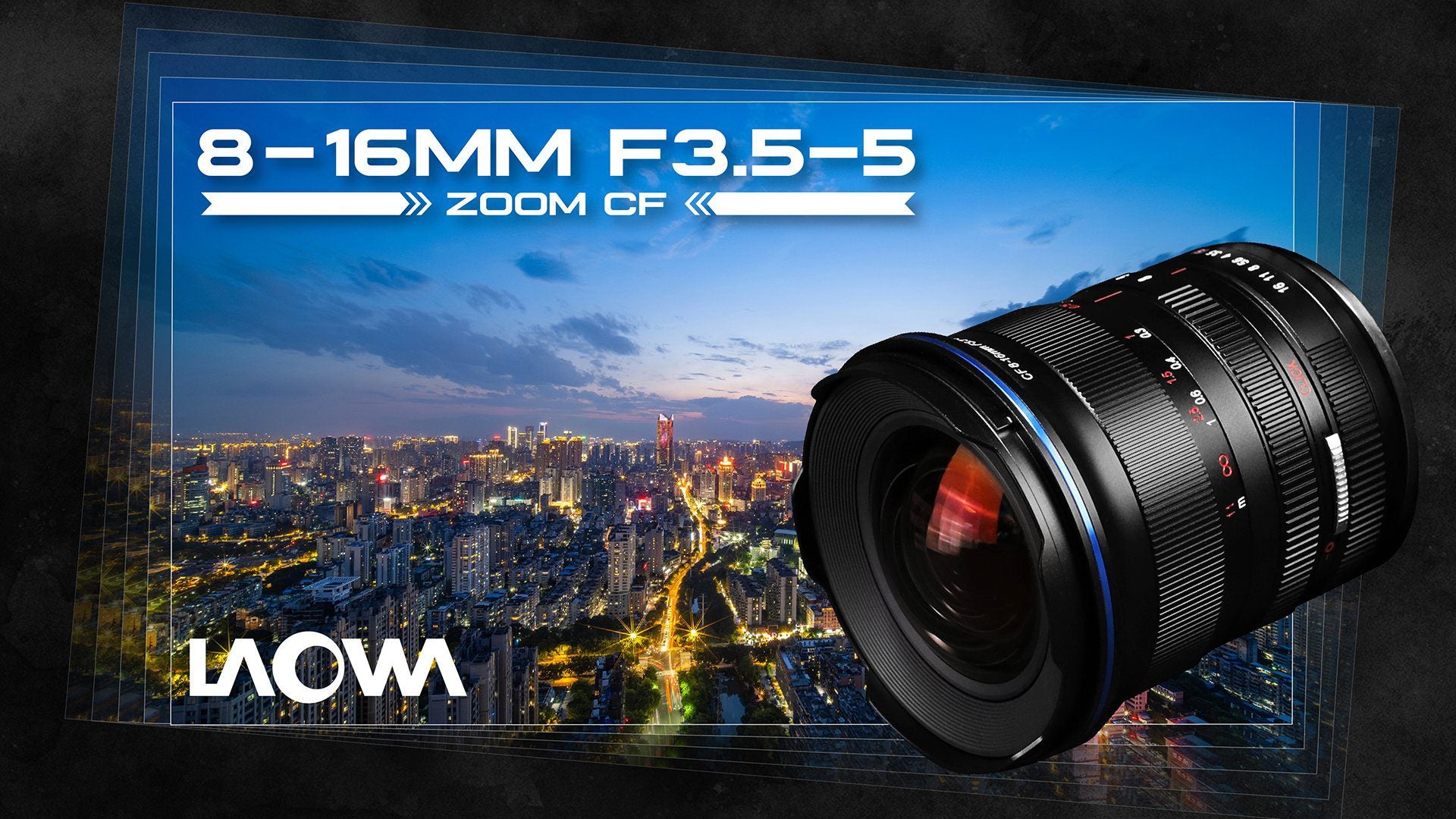
Wide Angle of View
With angle of view spanning from 82.8 degrees to 120.9 degrees, this lens opens up new horizons for capturing expansive scenes and diverse perspectives. It’s the ultimate tool for landscape photography, architectural shots, creative wide-angle portraits and any narrative that calls for a broader view.


Designed for Mirrorless Cameras
Designed specifically for mirrorless cameras, this lens seamlessly integrates with your setup, providing optimal image quality while maintaining the portability that mirrorless camera users appreciate.
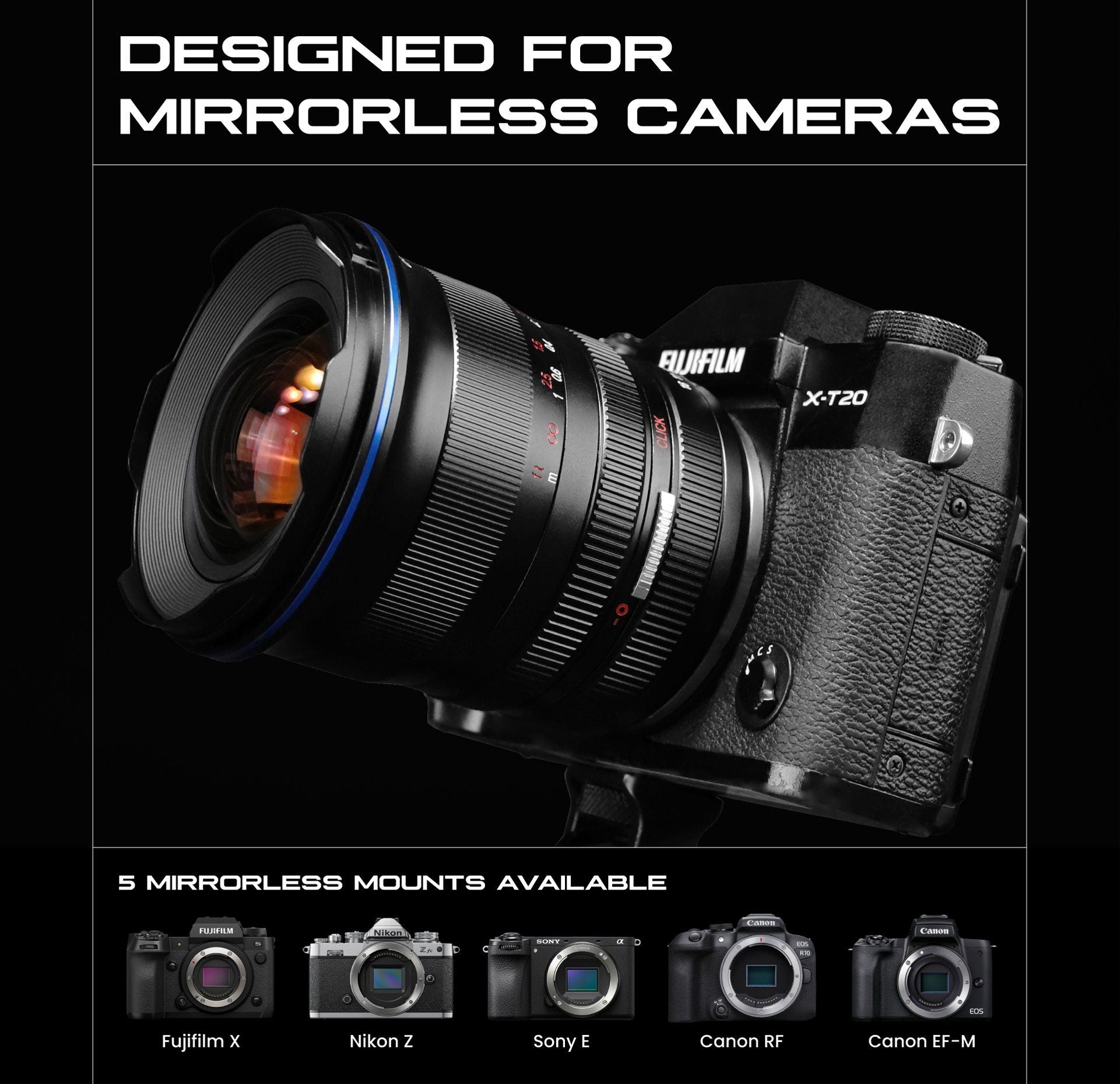
Filter Compatibility
Its 86mm filter thread adds to its flexibility, allowing you to experiment for various photographic needs. Whether you want to use ND filters for long exposure shots, polarizers for enhanced skies, or creative look filters to infuse your images with unique artistic flair, this lens gives you the flexibility to experiment and enhance your photos.
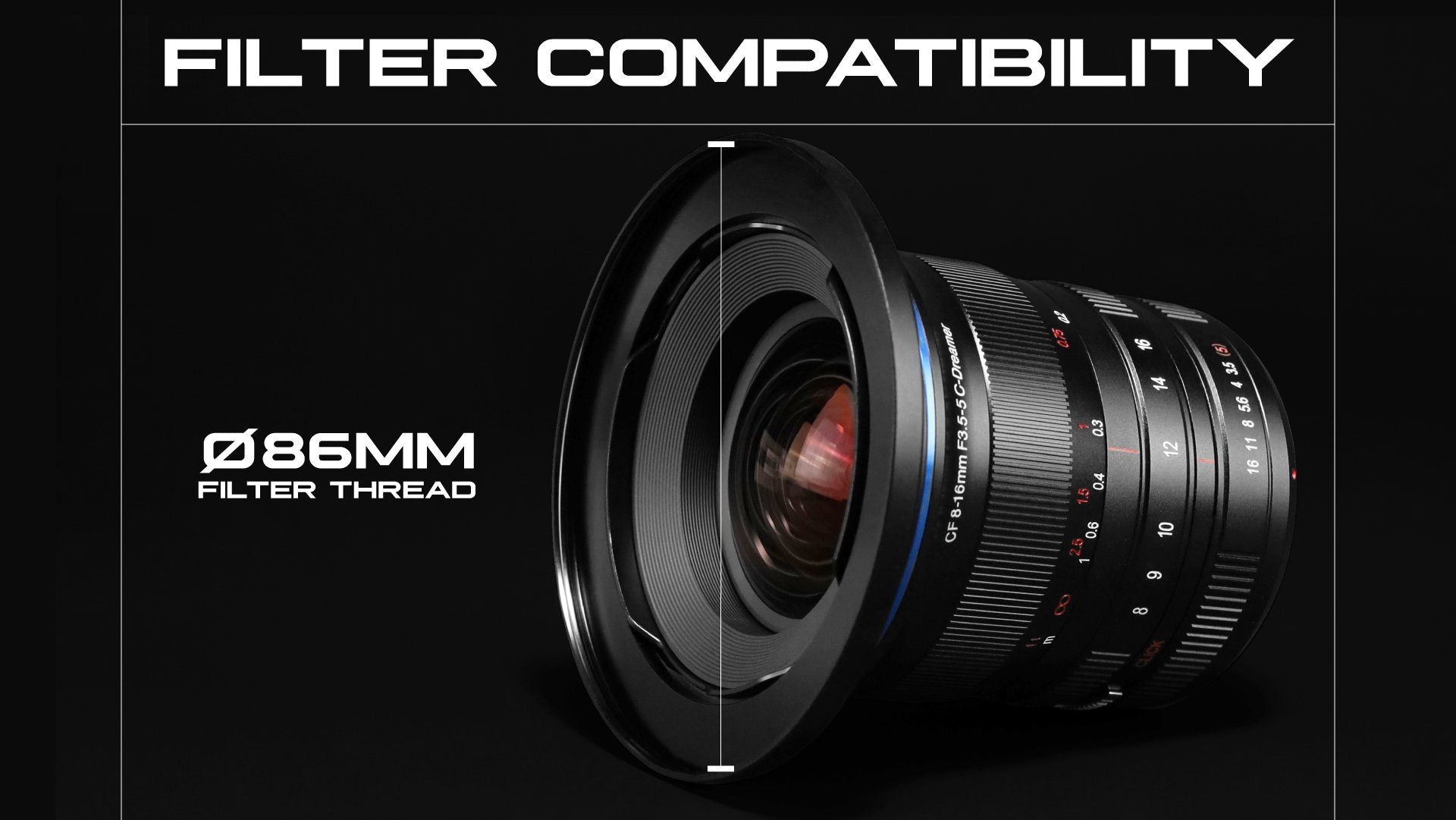
Sunstar Effect
In addition to its impressive features, the 8-16mm lens offers a unique sunstar effect with its 5-blade aperture, adding a captivating visual element to your photos.
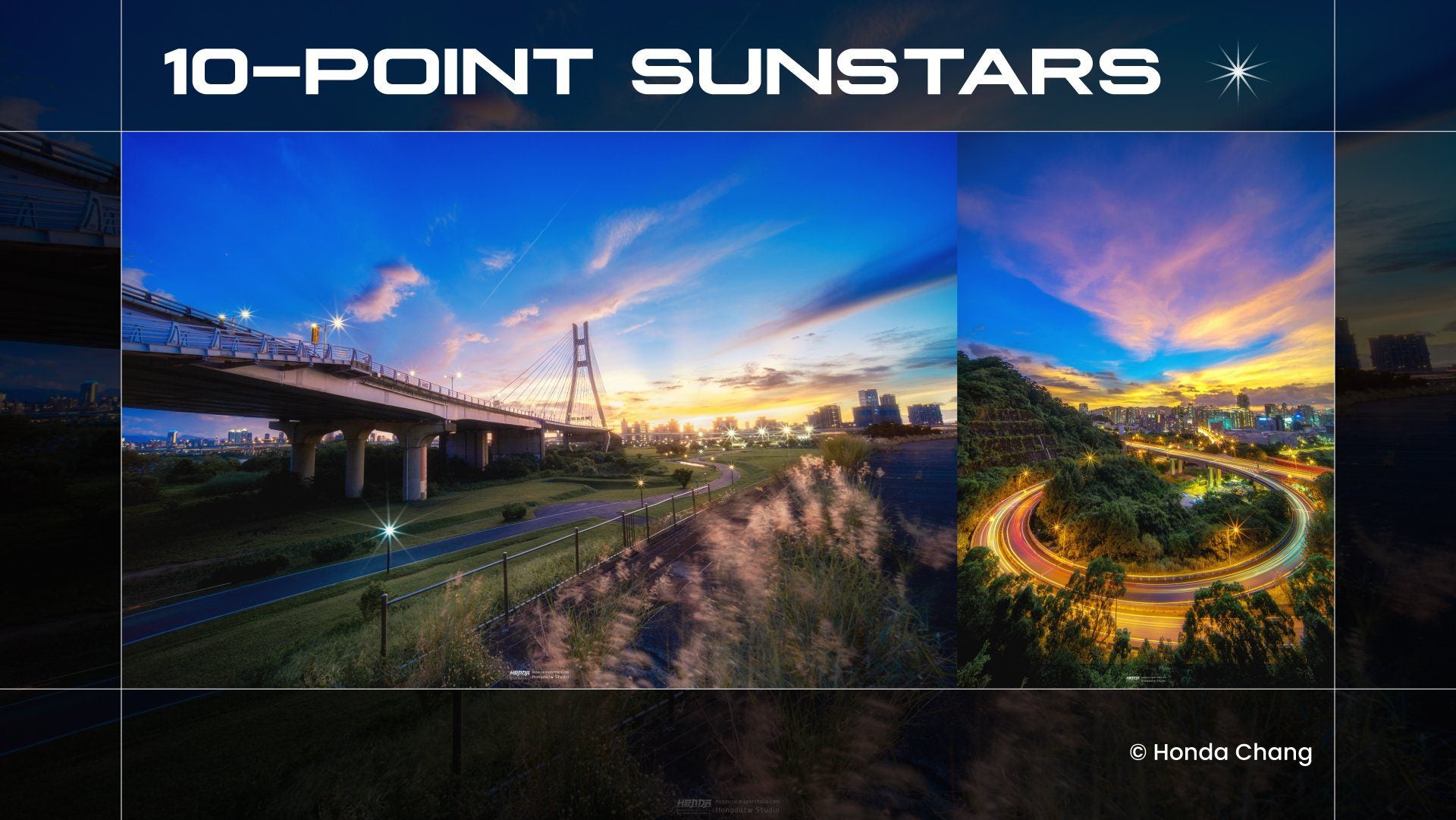
Close Focusing Capability
It also boasts a close focusing capability of 20cm, enabling you to capture intricate details even from a short distance.

Aperture Ring De-clicking
For videographers, the lens features an aperture ring de-clicking option, ensuring smooth and seamless aperture adjustments during video shooting.
